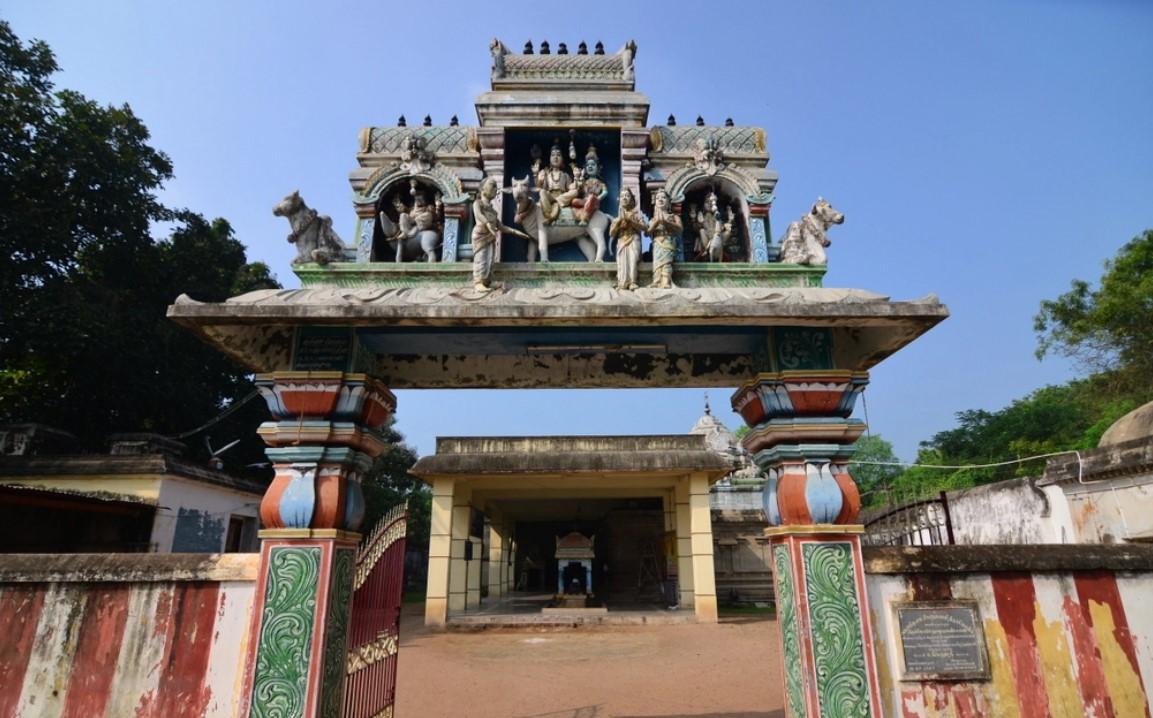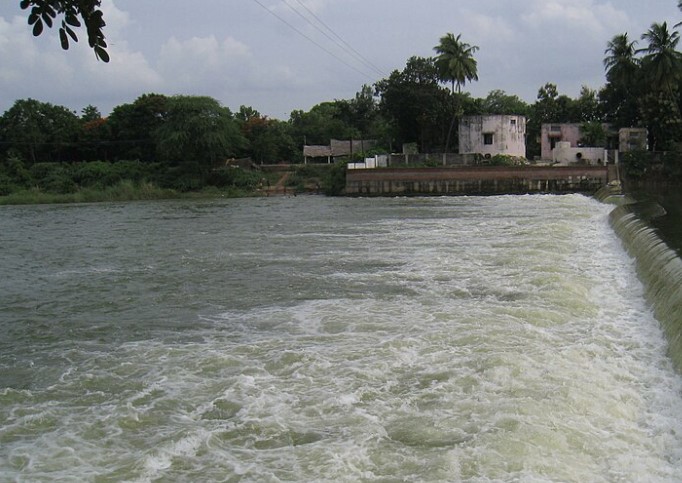- Avalivanallur, known as the 217th Thevaram Paadal Petra Shiva Sthalam and the 100th shrine on the south side of the river Cauvery in Chozha Nadu, holds a significant place in the devotional landscape of Tamil Nadu. The name Avalivanallur is derived from the sthala purana, combining "Aval" (meaning "she"), "ival" (meaning "this"), and "Nallur" (meaning "good place").
- In the Periyapuranam, Sekkizhar recounts that Thirugnanasambandar visited this temple after worshipping Lord Shiva at Thirukarukavur. Meanwhile, Thirunavukkarasar Swamigal is noted to have visited Avalivanallur after paying homage to Lord Shiva at Thirupalaithurai, which is acknowledged as part of his broader journey to various temples.
- The Satchinathar Temple, located in Avalivanallur, is dedicated to Shiva in his form as Satchinathar, with his consort Parvati worshipped as Soundara Nayaki. This temple is one of the 275 Paadal Petra Sthalams celebrated in the early mediaeval Thevaram poems by the Tamil Saivite Nayanmars Tirugnana Sambandar and Sundarar.
- Historically, Avalivanallur was situated in a forest of Trumpet Flower trees known as Pathiri Vanam. This temple is recognized as one of the Pancha Aranya Sthalams, a collective of five sacred sites that include Thirukkarugavur, Alangudi, Avalivanallur, Haridwaramangalam, and Thirukollampudhur. Among these, Avalivanallur is regarded as the second temple, representing the essence of Padhiri Vanam.
- The temple’s rich heritage and spiritual significance continue to draw devotees, making it a cherished site for worship and reflection in the Tamil Saivite tradition.
PURANIC SIGNIFICANCE:
Story Behind the Name Sakshi Nathar
The name Sakshi Nathar is steeped in a poignant legend associated with the temple. The story revolves around a devoted priest who, shortly after marrying, set out on a long journey to Kashi to fulfil his spiritual obligations, leaving his young and beautiful wife behind. During his absence, his wife fell gravely ill, and her sister came to care for her.
When the priest finally returned home after several years, he was met with a heartbreaking sight. His wife, now ill and disfigured by rashes, appeared unrecognisable, while her sister, looking radiant, was by her side. Mistakenly believing the beautiful woman to be his wife, the priest hurried to the river for a ritual bath, fully intent on claiming her as his spouse.
Meanwhile, his real wife, in her suffering, prayed fervently to Lord Shiva for intervention. Responding to her plea, Lord Shiva appeared before the priest alongside Parvati. He enlightened the priest about his wife's condition and clarified that the beautiful woman was actually his sister-in-law. Since Shiva acted as a witness in this matter, he earned the name Sakshi Nathar, while the goddess was referred to as Soundarya Nayaki.
In the sanctum of the temple, behind the lingam, a panel depicts the divine couple, Shiva and Parvati, on the Rishabha Vahanam, the form in which they revealed themselves to the priest. Statues of the priest, his wife, and his sister-in-law are also enshrined in the prakaram, alongside representations of other deities, including the Navagrahas.
Varaha Worshipped Shiva Here
Both this temple and the one at Haridwaramangalam are associated with the Varaha Avatharam of Vishnu. It is said that Vishnu, in his boar incarnation, worshipped Shiva here after losing one of his horns.
People Worshipped Shiva Here
Numerous revered figures, including Varaha Moorthy, Kasiba, Agasthya, Kanva Suryan, Chandran, and Lord Muruga, have all offered their worship to Lord Shiva at this sacred site. This rich tapestry of stories and deities adds to the spiritual significance of Sakshi Nathar Temple, making it a cherished pilgrimage destination.
ADMINISTRATION:
The administration of temples in Tamil Nadu is typically overseen by the Hindu Religious and Charitable Endowments Department (HR&CE) of the state government. This department manages the administration, maintenance, and financial aspects of temples, including those like the Avalivanallur temple. Local committees or trusts may also be involved in the day-to-day management of individual temples.


